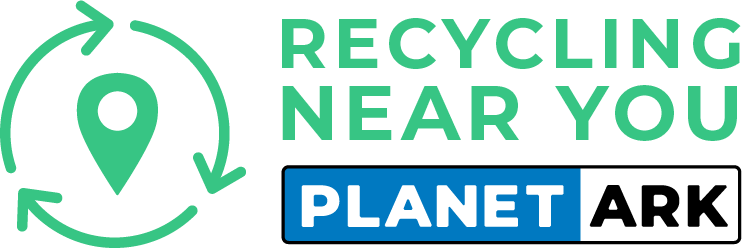Everything you need to know about reusing and recycling clothing
Recycling Clothing & Textiles includes:
Jumpers & Jackets
Socks & Underwear
Textiles
T-shirts & Shirts
Uniforms
Hats
Bags
Jewellery
Dresses & Skirts
Puffer jackets
Coats
Belts
Pants & Trousers
Shorts
Vests
Scarves
Jeans
Overalls
FIND A RECYCLER
Learn more about reusing and recycling clothes
How to recycle clothes and textiles at work
If your workplace or business has large quantities of clothing or textiles to recycle, you can use a commercial recycling service. Use the directory on this page to find a recycler near you.
Recycling uniforms
Old work uniforms
Australian businesses have a responsibility to take ownership of the textile waste that is produced as a result of corporate uniforms and workwear. We encourage all businesses – large and small – to put in place a uniform recycling program.
- Total Uniform Solutions manufacture uniforms that are designed for disassembly which make them easier to reuse and recycle. They offer textile recycling on an industrial scale.
- Loop Upcycling offers upcycling & recycling services & solutions for corporate workwear, supporting companies in reducing their waste and adopting more sustainable and circular waste management practices, in partnership with local, community organisations, providing training and employment to people experiencing disadvantage (mainly refugees, new migrants and victims of domestic abuse).
- Textile Recycling Australia has a uniform recycling service for businesses. Unwanted uniforms are cleaned and shredded, and the fibres are turned into yarn.
School uniforms
Schools with large quantities of uniforms can contact sustainable start-up Worn Up which; offers to collec this textile waste and transform it into new products such as desks that can be used again by students.
Image: Worn Up
Donating to Community programs
Dress For Success Fitted for Work are both programs in Australia that help women experiencing disadvantage to find work and keep it. They do this by providing free programs, professional attire, and career mentoring and development. Visit their websites to find out what type of clothing is suitable to donate or other ways that you can help.
National Clothing Recycling Scheme
A national recycling scheme for clothing is currently in development in Australia. The new scheme, which is called Seamless, was launched in 2023, however, it is still in the development phase.
Frequently Asked Questions
Are clothes recyclable?
Clothes and other types of textiles should not be put in your recycling bin at home or work. While textiles are technically recyclable, Australia does not yet have the infrastructure and capacity to recycle clothing and textiles collected through council-run kerbside recycling services. Any textile item (clothing, shoes, bags, linen, towels, etc) that is put in recycling bins will be classified as contamination, which could damage recycling machinery or other recyclable materials.
Fortunately, there are some recycling options available in Australia for clothing and textiles. Clothing and textiles that are in good condition can be donated to charity shops. If they are not in good enough condition to donate, there are some retailers that offer recycling services for their customers. Scroll up for a list of retailers that have recycling programs.
If you are not able to find a recycling service near you, unfortunately, the clothing or textile should be put in your garbage bin.
What are textiles?
Textiles are materials made from fibres, thin threads, or filaments. They can be made from natural or synthetic materials (or a combination of both). Common products made from textiles include clothing, hats, shoes, gloves, blankets, bags, towels, rugs, and carpets. Textiles can also be used in furniture such as the fabric used to make sofas.
How much textile waste ends up in landfill?
According to the Department of Agriculture, Water and the Environment, in Australia, it is estimated that 800,000 tonnes of textile waste goes to landfill each year.
There are many ways Australians can help reduce the amount of textile waste that is sent to landfill, such as:
* Reduce the amount of new clothing and textiles you purchase
* Avoid fast-fashion brands that use cheap materials that wear quickly
* Purchase secondhand clothing and textiles instead of buying new
* Only donate clothing that is in good condition
* Recycle unwearable clothing and textiles via the specialist programs available in Australia (more information above on these programs).
To help close the loop on clothing waste in Australia, a National Clothing Product Stewardship Scheme is being developed.
Are clothes made from recycled plastic safe?
Yes – clothes made from recycled plastic are generally considered safe to wear.
Clothing made from recycled plastic is commonly made from recycled PET (from recycled plastic bottles) and recycled nylon (from recycled ocean plastic waste such as fishing nets). Both materials are safe to wear. There is a very small risk that recycled PET and recycled nylon may contain contaminants, including toxic plastics, chemicals, and dyes, which may enter during the recycling process.
Clothing made from recycled plastic results in less greenhouse gas emissions, when compared with clothing made from new materials. However, like clothing made from virgin plastics, garments made from recycled plastic also shed fibres and microplastics when washed.








